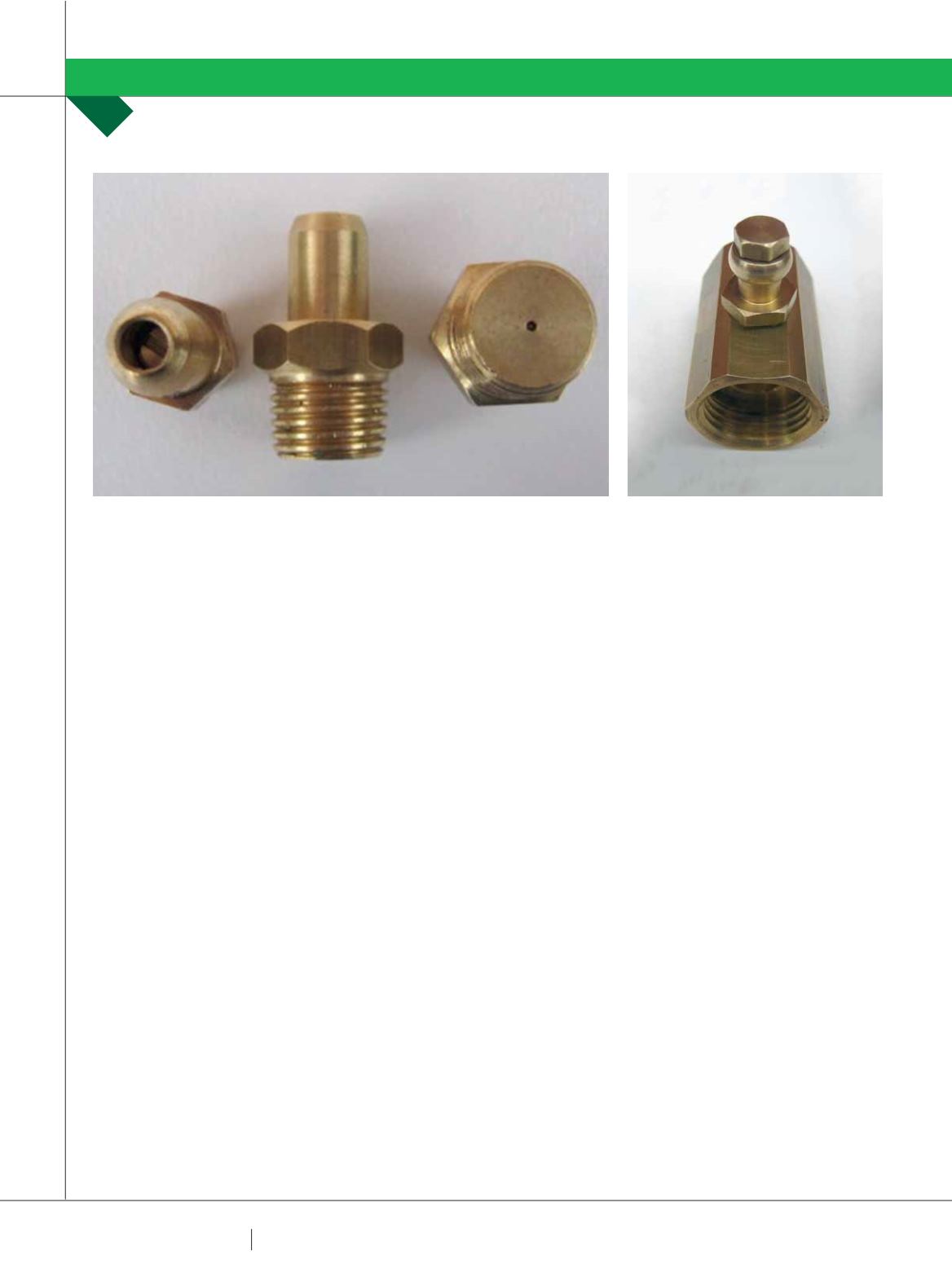

8 4
PLUMBING CONNECTION
SPRING 2015
Until March 2014 Victoria and New South Wales were still
running with AS 5601–2004 as neither state accepted AS/
NZS 5601–2010.
There is a glaring discrepancy in what was Clause 5.2.5,
Manufacturers’ instructions for installation, in the 2004
version of the Standard where it stated: “Appliances shall be
installed in accordance with manufacturers’ instructions.”
No reference was made to the Standard in that clause
as is now required in the 2010 or 2013 editions of the gas
installation Standard.
The way the clause is written now means the plumber/
gasfitter is the loser all the way. Manufacturers could claim
that installers did not follow the product instructions, and
the technical regulator could say that installers did not
follow the Standard.
Years ago there was clear direction, as in the 2004
Standard. You have to wonder who comes up with clauses
that go around in circles.
At the former Gas & Fuel Corporation in Victoria, I supervised
a small group of gasfitters who inspected appliances for
approval and certification. Any installation manual submitted
with such contradictions would have gone back to the
manufacturer for rewriting. The appliance would not have been
given approval until the documentation was all correct.
Now, we have a Standard that allows manufacturers to
have a bit each way.
The second sentence of Clause 6.2.2 in the latest
Standard is similar to that in the 2004 and 2010 editions.
“Where there is any conflict between the manufacturer’s
installation instructions and the requirements of this
Standard, the matter shall be referred to, In Australia, to the
Technical Regulator.”
It helps to protect installers, as they could get a defined
ruling on what should apply if there were differences.
From what I understand, the technical regulators in each
state and territory sanction the operation of certifying
bodies. I wonder how often they carry out audits of these
companies to ensure that testing of individual appliances is
carried out according to the Standards and documentation
is concise and easily interpreted.
We need to obtain the best for the industry and, crucially,
for the customer. So who is reviewing manufacturers’
documentation to ensure that instructions are practical and
installers can carry out the work safely and efficiently?
It is not the responsibility of installers to determine
what is right or wrong in the installation instructions.
Discrepancies should be resolved when the manual is
being prepared. I have looked at just a few pages of this
particular installation manual, and there are others in a
similar state.
Australia used to have one certification body, but now
there are four competing against each other. Competition
is supposed to bring improvement, not uncertainty and
confusion.
One of the most important pieces of information on a gas
appliance is the badge or data plate. Among other things, it
shows the approval number, gas operating pressure and gas
consumption per hour.
While reviewing a set of instructions for an appliance
recently, I discovered that the unit had to be partly
dismantled to find the plate.
It was necessary to remove the front glass panel, any fuel
bed media, the burners and firebox base to gain access to
the plate – which was under another access panel.
GAS MATTERS
ROGER LAMBIE
Where a permanent pressure gauge is fitted, a provision to fit an alternative test point shall be provided. Where pressures
exceed 7kPa, pressure test points shall be of the self-sealing type.
















